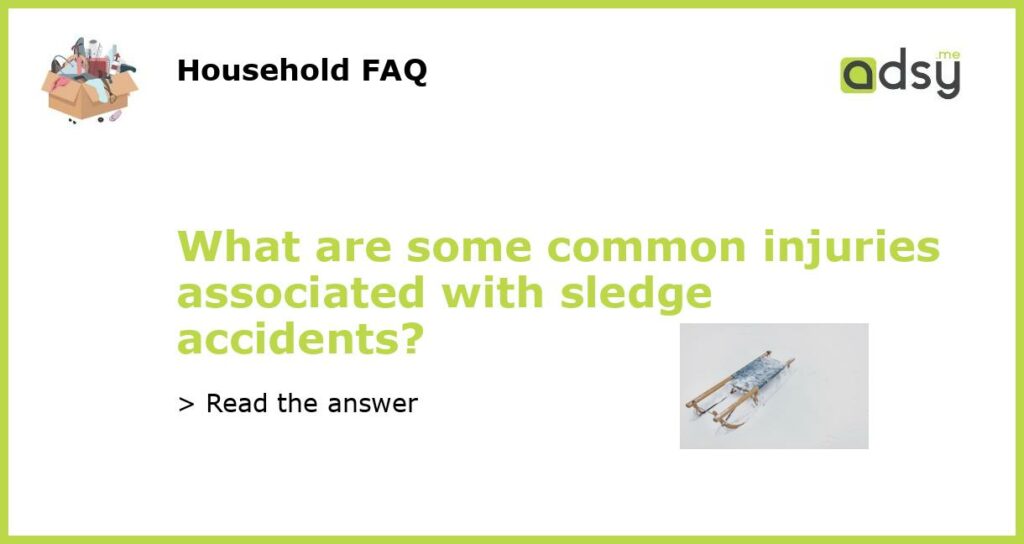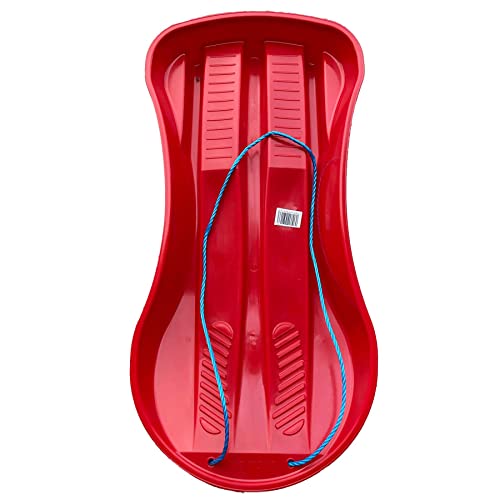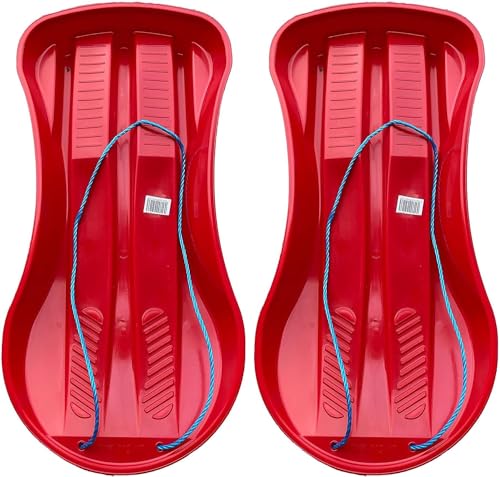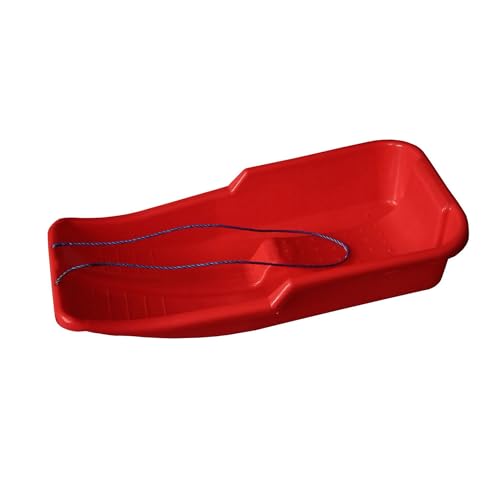Common Injuries associated with Sledge Accidents
Sledging is a popular winter activity enjoyed by people of all ages. The thrill of sliding down a snow-covered hill can be exhilarating, but unfortunately, it can also lead to injuries. While many sledging accidents are minor, some can result in serious injuries. In this article, we will explore some of the common injuries associated with sledge accidents.
Fractures and Sprains
Fractures and sprains are some of the most common injuries resulting from sledging accidents. The high speeds and unpredictable nature of sledding can cause collisions with trees, rocks, or other sledders. This impact can lead to fractures in the arms, legs, or spine. Sprains, on the other hand, occur when the ligaments are stretched or torn. Wrist and ankle sprains are particularly common when trying to break a fall during a sledging accident.
Head Injuries
Head injuries are a serious concern in any outdoor activity, including sledging. The potential for collisions with hard objects or falls can lead to traumatic brain injuries. It is essential to wear a helmet while sledging to protect the head and reduce the risk of concussions, skull fractures, or other head traumas. Parents should ensure that their children are properly equipped with helmets and understand the importance of using them during sledging.
Cuts and Abrasions
Cuts and abrasions can occur when sliding down a hill and coming into contact with rough or sharp surfaces. These injuries are typically minor, but can still cause pain, bleeding, and potential infections if not properly cleaned and treated. It is advisable to wear long sleeves and pants to protect the skin from cuts and abrasions while sledging. Using a smooth and well-maintained sled can also reduce the risk of injuries caused by sharp edges or broken parts.
Back and Spinal Injuries
Back and spinal injuries can occur when sledgers land awkwardly or experience a hard impact during a sledging accident. Falling off a sled or going over a bump can cause strain on the spine and result in injuries such as disc herniation or vertebral fractures. It is crucial to use sleds that provide proper support for the back and maintain good posture while sledging to prevent these types of injuries.
Hypothermia and Frostbite
While not directly caused by sledging accidents, hypothermia and frostbite are common concerns in winter activities. Spending an extended period in cold weather without proper clothing or protection can result in these dangerous conditions. Sledgers should dress in warm layers, wear insulated boots and gloves, and take breaks to warm up in order to prevent hypothermia and frostbite.






